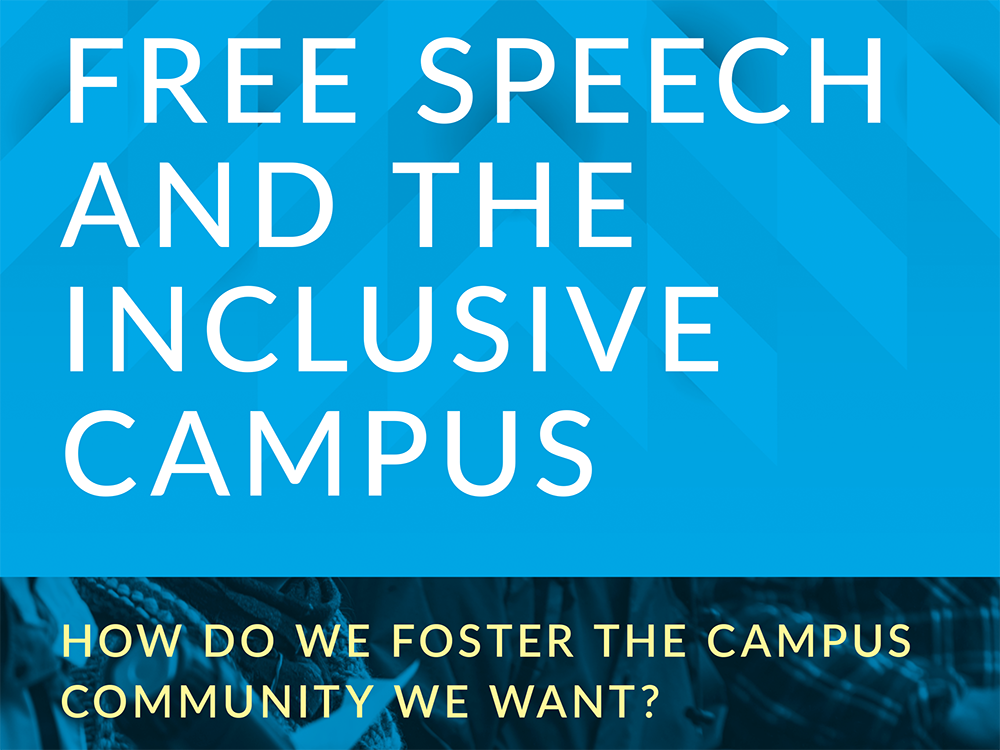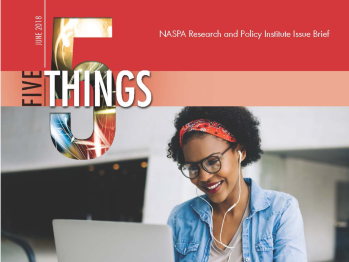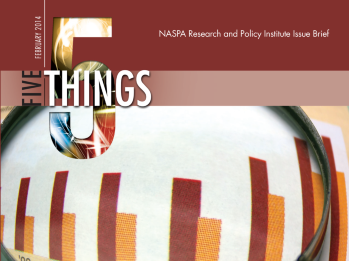
Free Speech and the Inclusive Campus : How Do We Foster the Campus Community We Want?
Civic Engagement Policy and Advocacy
May 22, 2020
NASPA's first issue guide, Free Speech and the Inclusive Campus: How Do We Foster the Campus Community We Want?, is now available online! The research involved in developing the guide included interviews and conversations with campus stakeholders who have multiple perspectives; the initial drafts were reviewed by individuals with direct experience in student affairs and higher education.
The United States is becoming increasingly diverse and more polarized as we struggle to address complex public problems such as immigration, health care, economic inequality, and America’s role in the world (Pew Research Center, 2017). As public trust in our political system waivers, U.S. college campuses are grappling with issues of inclusion, diversity, and freedom of speech (Rainie, Keeter, & Perrin, 2019). Conversations about free speech on campus are often framed in opposition to diversity and inclusion and have spawned controversies, protests, and even violence. In 2017, a much-cited survey of more than 3,000 college students conducted by Gallup and the John S. and James L. Knight Foundation presented diversity and inclusion as directly opposite free speech, asking students which issues they felt were more important; 53% chose inclusion and 46% chose free speech (see Figure 1; Knight Foundation, 2018). In today’s contentious and divided political environment, what should colleges and universities do to meet the roles and responsibilities of higher education to foster the campus community we want?

